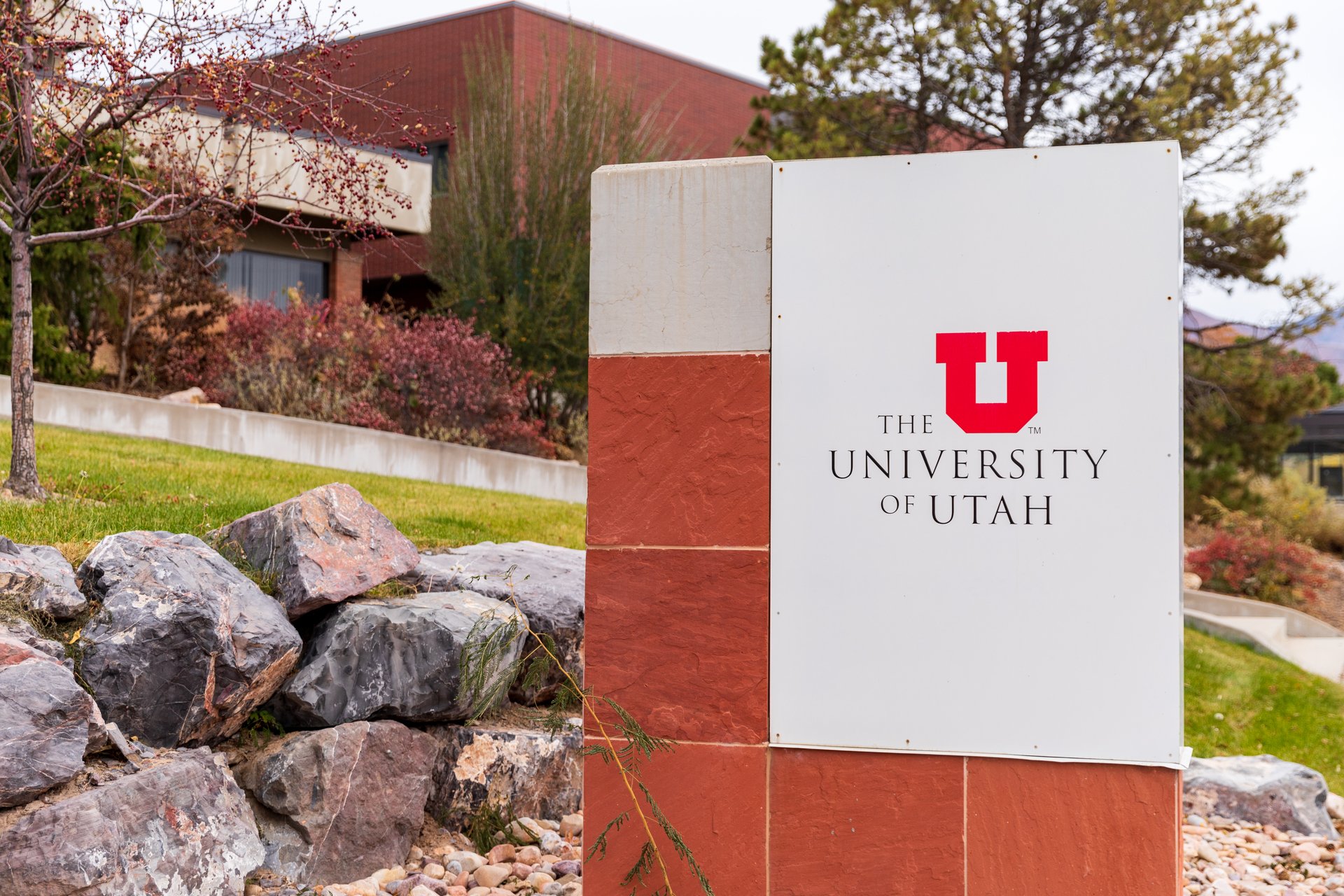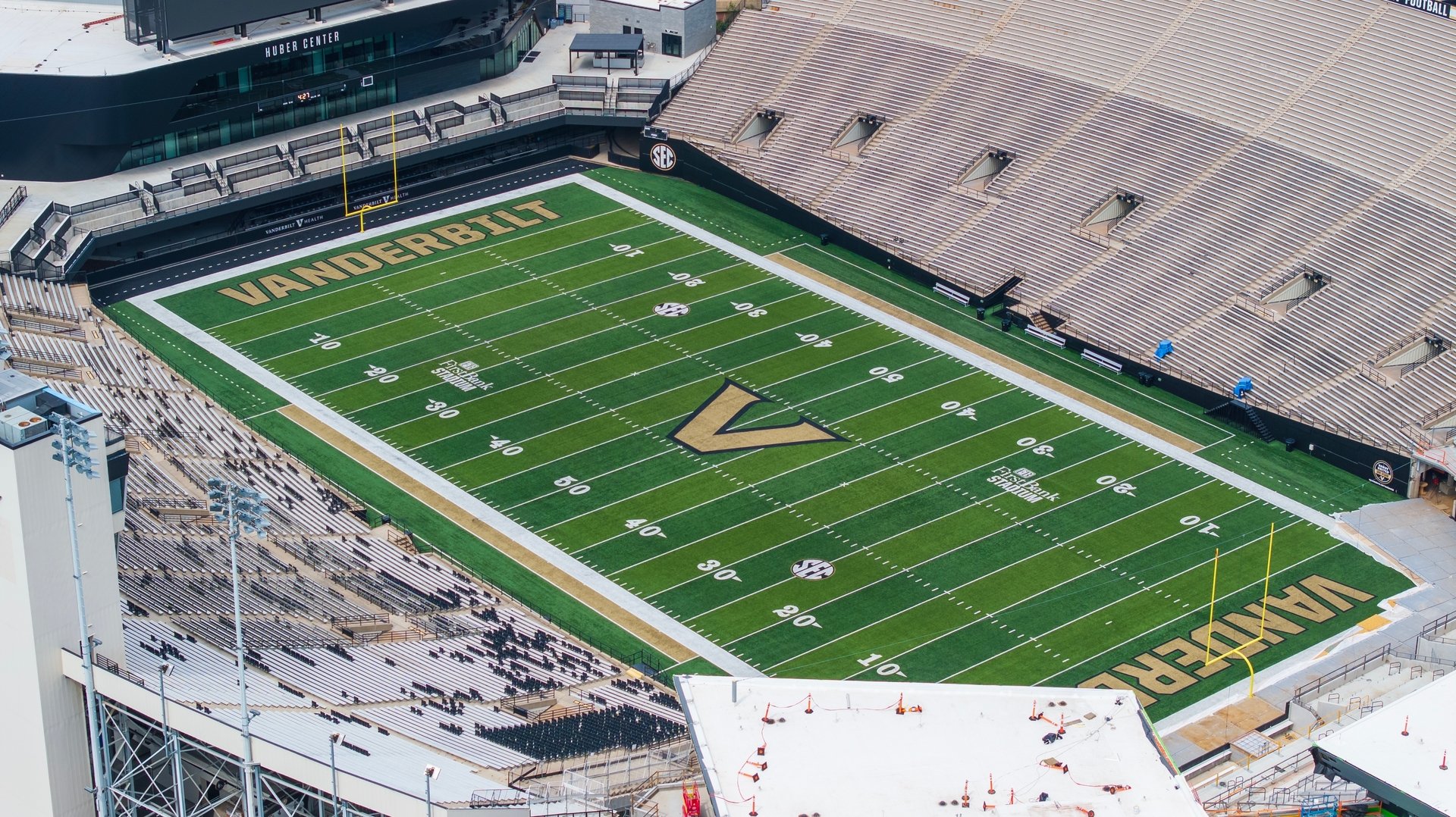Good morning, and thanks for spending part of your day with Extra Points.
Today is a big newsletter! Before we get to the story, I want to share some big news that I’ve been teasing for a little while.
In a few weeks, Extra Points will be merging with another publication.
I’ll share the specifics once we get a little closer to the official date, which will be in July, but I can share a few things with you right now. This is another publication that is highly aligned with my interests and vision, and I really believe that by working together, we’ll be able to provide a much better product for everybody.
Your subscription isn’t going to change. I’m still going to be writing four newsletters a week. But by joining up with another entity that I really admire, we’ll be able to provide new services and better ways to tell stories and engage with us.
I’m terrible at keeping secrets and I’m really excited about this partnership. I’d love to just spill everything out here and share all of the details, but the ink isn’t totally dry on everything and I’ve been advised to wait until it’s all ready. But I want you all to know that this is coming, it’s exciting news, it will make your subscriptions and support more valuable, and will make Extra Points a stronger and more sustainable operation. More information to come soon!
Okay. Let’s talk about the bombshell that dropped over the weekend.
Most sports fans know about the biggest revenue streams for major athletic departments. You’ve got your TV contract with ESPN or Fox. You have revenues coming in from a conference TV network. You have your ticket sales and other gameday revenues, and you have your booster donations.
Those are all critically important revenue streams, and they all help shape athletic department policies. But they’re not the only ways athletic departments make money. There are also various vendor contracts. Usually, the biggest and most important is a school’s apparel deal. For a major athletic department, a contract with a Nike, Adidas or Under Armour not only pays out millions of dollars in cash a year, it also pays for expensive equipment and apparel, and works as an important recruiting tool.
So when one of those apparel deals is terminated early, it’s big news.
And that’s what’s happening at UCLA. Under Armour wants out.
On Saturday, the L.A. Times reported that Under Armour wants out of their absolutely massive deal with UCLA.
Under Armour has informed UCLA that it wants to terminate the record-setting $280-million deal the apparel giant signed with the school in 2016, a potential financial blow that the Bruins intend to fight.The company said in a statement Saturday that it wanted to end the partnership because of UCLA’s inability to provide unspecified marketing benefits as required by the contract between the parties.“Under Armour has recently made the difficult decision to discontinue our partnership with UCLA, as we have been paying for marketing benefits that we have not received for an extended time period,” the company said in a statement supplied to The Los Angeles Times. “The agreement allows us to terminate in such an event and we are exercising that right.”
CNBC's Sports Business Producer Jess Golden shared another statement from Under Armour on Saturday:
“Under Armour has recently made the difficult decision to discontinue our partnership with UCLA, as we have been paying for marketing benefits that we have not received for an extended time period…We know that this has been a challenging time for athletes, sports programs and performance apparel brands alike. UA will continue to preserve our strength in this challenging environment, while maintaining a strong network of partnerships.”
There’s a lot going on at UCLA right now that could make this messy
For one, UCLA needs that money. Sure, this is a big brand with a big budget. USA TODAY reported that UCLA athletics took in nearly $131 million in revenue in 2019, making it one of the 25 largest athletic departments in the country. But expensive coaching buyouts, facility improvements and declining fan interest have sapped the school’s finances. In 2019, the athletic department ran nearly a $19 million dollar deficit and had to be bailed out by the university.
UCLA’s contract with Under Armour calls for them to pay UCLA $9 million a year in rights fees, plus millions more in equipment. This is not the time for the Bruins to lose that kind of cash flow.
The announcement catches UCLA is in the middle of an athletic director transition. Longtime athletic director Dan Guerrero is supposed to leave the school this week. Martin Jarmond, the former athletic director at Boston College (another school with an Under Armour contract) will take over. Per the LA Times, Guerrero doesn’t plan to let Under Armour walk away without a fight:
“We are exploring all of our options to resist Under Armour’s actions and will share more information as we can,” Guerrero wrote. “We want to reassure you that UCLA Athletics remains committed to providing our hard-working staff and student-athletes with the footwear, apparel and equipment needed to train and compete at the highest level.”
How aggressively UCLA will fight under a different athletics administration is an interesting question.
Also, we’re still in the middle of a global pandemic, we have no idea when or how college athletics will return, and any 2020/2021 revenue projections for UCLA could be ripped up in a week. It’s a hell of a time to have a potentially protracted legal battle with a major athletic department vendor!
Why would Under Armour do this?
When Under Armour signed the contract back in 2016, I remember some industry puzzlement. UCLA is a legendary brand in a big market, sure, but at $280 million dollars, this marked the biggest deal in the history of the NCAA.--more money than the apparel deals for Ohio State or Texas.. It sure looked like an overpay!
That was part of an aggressive pattern for UA back in 2016, when the company also signed lucrative deals with Wisconsin, Notre Dame and Cal.
In the three years prior to the contract, UCLA football had finished in the AP top 25 three years in a row, and had a 28-11 record. Since completing the deal in May of 2016, Bruin football has gone 17-32 over four seasons, with just one bowl appearance. UCLA men’s basketball grabbed a 3 seed in the 2016-2017 NCAA tournament, but then recorded three forgettable seasons in a row. For comparison’s sake, Under Armour’s contract calls for them to pay Wisconsin, a school that has been much more successful athletically, $4 million a year, less than half of what UCLA was getting.
If you’re going to pay Ohio State level money, you’d expect Ohio State’s on the field results. With UCLA, Under Armour is getting something closer to Oregon State.
Still, trying to dump a brand because they’ve struggled for a few years would be a highly risky strategy, one that would almost certainly make another school think twice about partnering with Under Armour. If this is how you treat one of your biggest customers, what would stop Under Armour from playing hardball with an FCS client? Or a DII program?
In fact, one industry reporter tweeted that UCLA might not be the only contract UA is trying to wriggle out of.
Here’s what Cal’s athletic department has to say about those reports:
And while I haven’t seen any reports that Under Armour wants to get out of their deal with South Carolina, their athletic director apparently isn’t taking any chances:
I reached out to my old buddy Mike Sykes II, who runs the excellent Kicks You Wear newsletter, about whether a brand trying to get out of a major shoe deal is common. He told me that he could think of a few examples of shoe companies buying out deals with individual NBA athletes back in the day, like with Reebok and New Balance, but nothing with a deal anywhere close to the size and scope of UCLA.
So why run the risk of jeopardizing future clients? Well, they might not have a choice.
Under Armour isn’t doing too hot right now
The COVID-19 pandemic has been an especially tough challenge for Under Armour. Via Forbes:
Under Armour has seen a massive revenue drop during the Covid-19 pandemic, with American Banking and Market News reporting that analysts predict the company’s sales this fiscal period will be down nearly 54% compared to the previous year.…Under Armour stock plummeted 20% in February after reports emerged that the pandemic could hurt sales by up to $60 million the following quarter.
Skykes also pointed me to the NY Times story, which showed that Under Armour was struggling even before COVID-190 broke out. Poor management, brand confusion, a hypercompetitive market and now a global pandemic all combined put a once-promising company in a very difficult position.
It’s entirely possible Under Armour is taking such a drastic move, which could undercut their ability to compete for future high profile college athletic contracts, because they feel like they don’t have a choice.
Under Armour has deals with several other universities. At the FBS level, that list also includes programs like Auburn, Cincinnati, Texas Tech and Utah. But they also work with a variety of other D1 colleges, like Davidson, Howard, Yale, William & Mary, Wichita State, Seton Hall, St.John’s and Saint Mary’s. I imagine some of those schools are taking a second look at their contracts right about now, just in case.
Can Under Armour even do this?
That’s a good question!
Looking at the actual contract, there are clauses that allow for either UCLA or Under Armour to terminate the deal (Section VIII, starting at the end of page 25, if you’re following along).
The contract states Under Armour could dump the deal if, say, UCLA drops out of D1 sports, or if NCAA regulations make it impossible for UCLA to wear Under Armour apparel, or if UCLA’s athletic program got nailed for NCAA violations, or if any coach or athletic director commits some embarrassing crime. It doesn’t look like any of that has happened, so based on my non-lawyer reading of this deal, it comes down to the following clause:

It would appear, based on Under Armour’s statements, that this is the crux of their argument. It isn’t immediately clear to me which “marketing benefits” Under Armour feels that UCLA has failed to deliver, nor is it clear if Under Armour provided UCLA the required advance notice, or if the two sides have already been haggling over this. I can only assume that UA’s definition of insufficient “marketing benefits” extends beyond “UCLA not being as good at sports as we thought they’d be,” but you know what they say about what happens when you make assumptions.
Sometimes, you’re wrong!
I think this story is bigger than just a squabble between a shoe company and a Foster Farms Bowl participant
I’m not sure exactly how the story ends between Under Armour and UCLA. It would benefit both parties to reach a prompt and amicable resolution, rather than a protracted legal battle that would likely play out in public. Whether that means the two parties remain in business with each other under different contractual terms, or whether they break up without nuking each other in public, I don’t know.
But if it can happen to UCLA, and maybe Cal, I think it can happen elsewhere, and speaks to the fragility of some of these athletic department business relationships. COVID-19 isn’t just putting a squeeze on higher education, it’s crushing a ton of other industries, industries that often have business relationships with athletic departments.
Moody’s Investor Services, for example, recently downgraded their rating for Learfield Communications, a company that handles multimedia rights for a ton of athletic departments. It is possible that athletic departments may need to negotiate deals with travel vendors, as airlines are particularly struggling. Any school that relies on substantial donations from specific industries, from oil, to gaming, to hospitality, could see substantially less money from donations or marketing support. The list goes on and on.
College athletics is a high-profile business, one tied up with an awful lot of other businesses, both big and small. Their fiscal health, and their ability to react and adapt to changing circumstances, isn’t just a product of their ability to sell tickets and get themselves on ESPN.
They’re going to have to rely on a bunch of other companies, and decisions made in divergent industries could very well have significant impacts for college athletic departments.
I doubt UCLA will need to find an apparel sponsorship from a local thrift store. But if a program like UCLA can’t secure stability with a major vendor, I can’t help but wonder what might happen to a program that’s a bit smaller.
Thanks again for your support of Extra Points. If you enjoyed this newsletter, you’d probably enjoy subscribing! Subscribing to Extra Points gives you four newsletters a week, all touching on the off the field forces that shape college athletics. You can subscribe for just $7 bucks a month, or $70 bucks for an entire year. Those subscription fees pay for open records requests, important subscriptions, and for the rest of this operation. You can subscribe here.
Thanks again. I look forward to sharing more exciting news with you all soon!

















